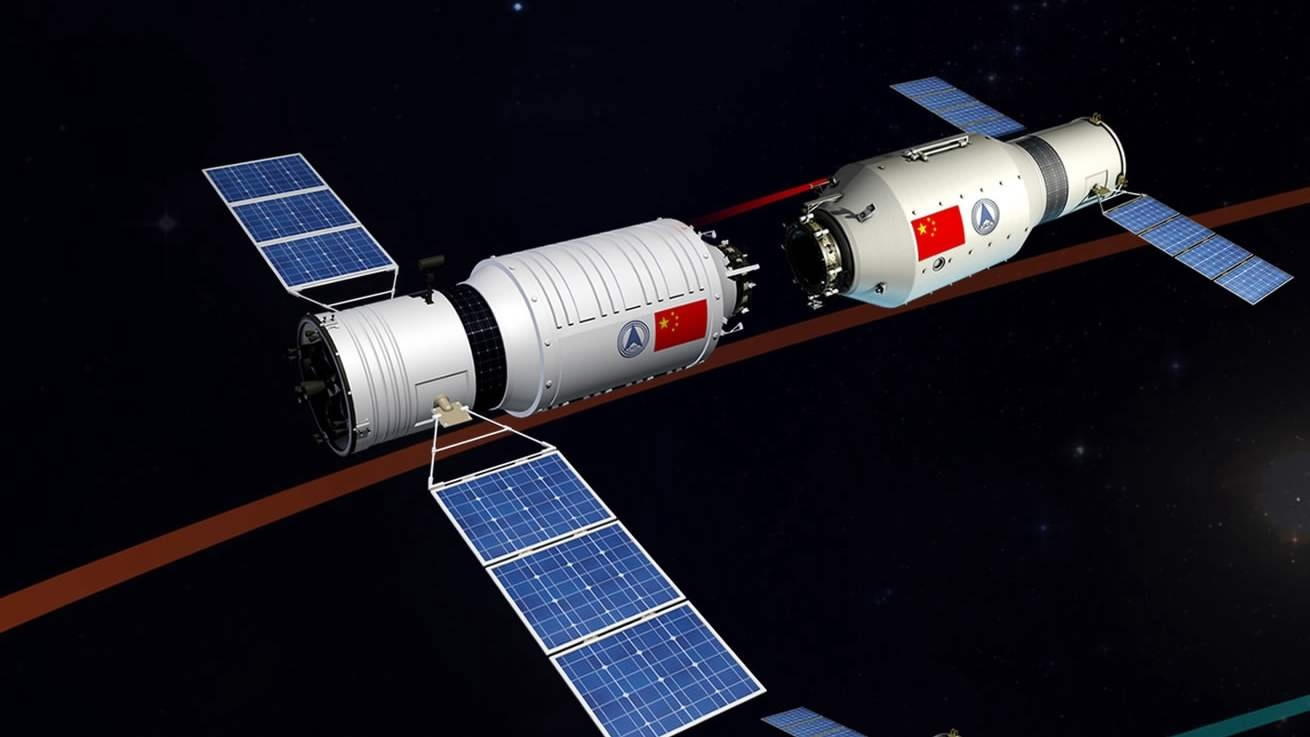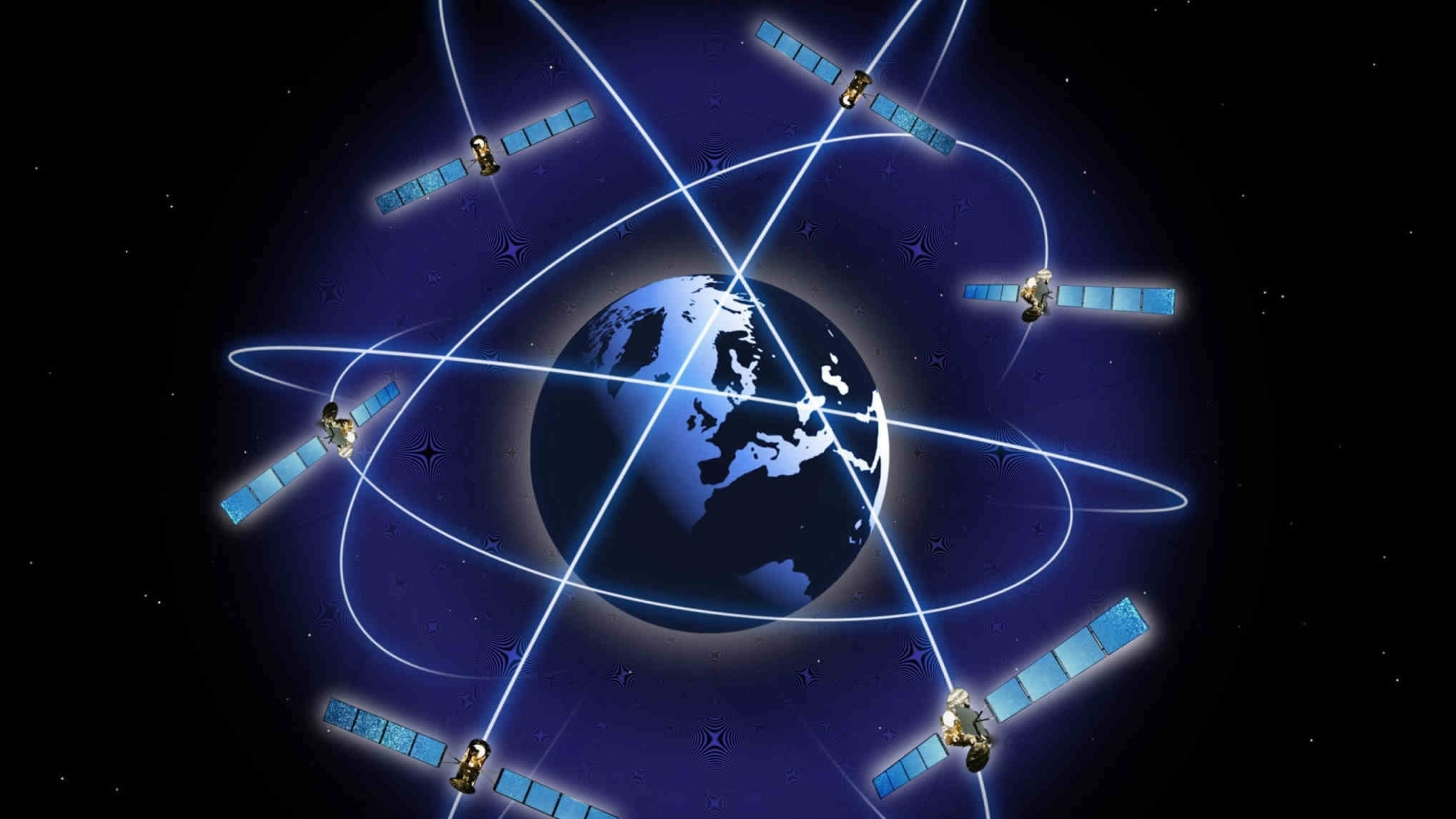
Opinions
12:02, 29-Dec-2017
Year-end Review: China’s Space Development 2017
Guest commentary by Yang Yuguang

Although 2017 has not been a "peak year" for the China Aerospace, it has had great achievement in its space missions.
With Tianzhou-1 mission, China has mastered the refueling technology, a feat critical for the country's future space station operation. This successful cargo ship mission completes the second step of China’s manned space program and symbolizes the dawn of China’s space station era.
During the past year, the Quantum Science Experiment Satellite, with the nick name "Micius", accomplished all its scientific goals. It tested the quantum key distribution technology, enabling the further development of encrypted communication. It also performed experiments about the mysterious quantum entanglement phenomena, which will probably be a great contribution to physics.

China's first cargo spacecraft Tianzhou-1 blasts off from Wenchang Space Launch Center in south China's Hainan Province, April 20, 2017. /Xinhua Photo
China's first cargo spacecraft Tianzhou-1 blasts off from Wenchang Space Launch Center in south China's Hainan Province, April 20, 2017. /Xinhua Photo
The Hard X-ray Modulation Telescope was launched in 2017, which will become a powerful tool for scientist to study the black holes, neutron stars, etc. Together with the accumulation of data from Dark Matter Particle Exploration Satellite, we can see that China is now developing very fast in space science field.
2017 has also been an important year for the development of China’s own Navigation Satellite System. The second generation Beidou-2 system was constructed this year, and has already begun to provide accurate positioning and timing services for Asia pacific region.
While the construction of the Beidou-3, a new generation system that can cover the whole globe, has also started this year. It will adopt more advanced technologies, such as the inter-satellite data links, which makes the system more robust and more independent from the support of ground system.

CGTN Photo
CGTN Photo
China’s commercial space activities are also developing very fast during 2017. China has performed its first commercial launch of solid launch vehicle KZ-1A, which successfully brought three satellites into orbit. China’s small new generation launch vehicle, Long March-6, also performed its first commercial launch.
Moreover, China Aerospace provided in-orbit delivery for its first Arabian customer, The Algeria Satellite was launched for communication in this north African country. The remote-sensing satellite for Venezuela was also delivered in-orbit.
Many small private companies also appeared in China and are engaged in commercial space activities.
China has already become a major power in space field, but the goal of China is to become an advanced country in space technology. To achieve this goal,China will construct its own space station and operate it for more than 10 years.
China also plans to accomplish its sample return mission from the Moon and start its deep exploration projects to Mars, Jupiter, Asteroids and beyond.
In 2018, China will continue to construct its Beidou-3 Global Satellite Navigation Constellation. Chang’E-4 Lunar Probe will land on far side of the moon and probably will make a world record. To support this mission,China will also launch a data relay satellite to Earth-Moon L2 Point.

CFP Photo
CFP Photo
Many leaders of the China Aerospace have expressed the wish to perform a manned Lunar Mission in the future.
In fact,China has already initiated the study of large-scale rocket engines, which will be the most critical part of heavy launch vehicle with the capability more than 100t to low earth orbit. To walk on the moon, this heavy launch vehicle will play the leading role in a Manned Lunar Program.
Although robotic missions can help scientists get knowledge from deep space, it can not take the place of human space activities. Manned space programs can not only bring chances for the development of many new and advanced technologies, but it can also contribute to the prosper of the national economy. Therefore, the program is still very important for both China and other countries.
To promote a better understanding of space development and enhance the communication between China and other countries, the China Aerospace signed agreements with various countries and international organizations, including the UN, to utilize China’s future space station to perform joint experiments. This shows that it is the best field for all countries to work together.
(The author is professor of the China Aerospace Science and Industry Corporation (CASIC) and secretary of IAF Space Transportation Committee. The article reflects the author’s opinion, and not necessarily the views of CGTN.)

SITEMAP
Copyright © 2018 CGTN. Beijing ICP prepared NO.16065310-3
Copyright © 2018 CGTN. Beijing ICP prepared NO.16065310-3